
Thebes, a legendary city of ancient Egypt, holds a prominent place in history due to its remarkable influence and rich cultural heritage. Situated on the eastern bank of the Nile River, Thebes became one of the ancient world's most powerful and significant cities. This article explores the location of Thebes, its historical importance, and the factors that contributed to its rise as a dominant capital.
Thebes, a legendary city of ancient Egypt, holds a prominent place in history due to its remarkable influence and rich cultural heritage. Situated on the eastern bank of the Nile River, Thebes became one of the ancient world's most powerful and significant cities. This article explores the location of Thebes, its historical importance, and the factors that contributed to its rise as a dominant capital.
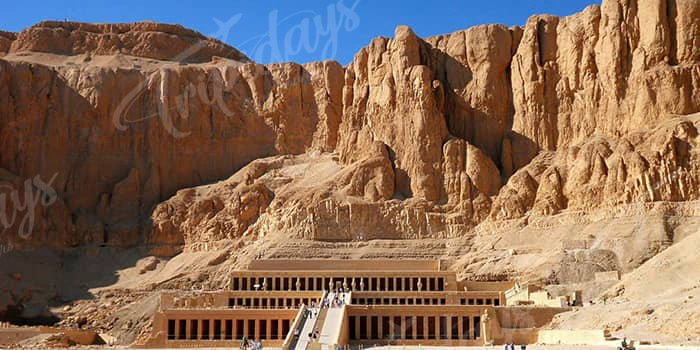
Thebes, also known as Waset in ancient times, was located on the east bank of the Nile River in present-day Egypt. It resided approximately 800 kilometers (500 miles) south of Cairo, Egypt's modern capital. Positioned on a strategic spot along the Nile, Thebes thrived as a central hub of trade and governance in ancient Egypt.
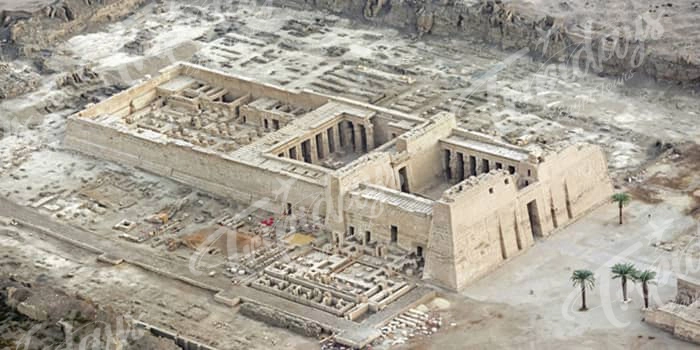
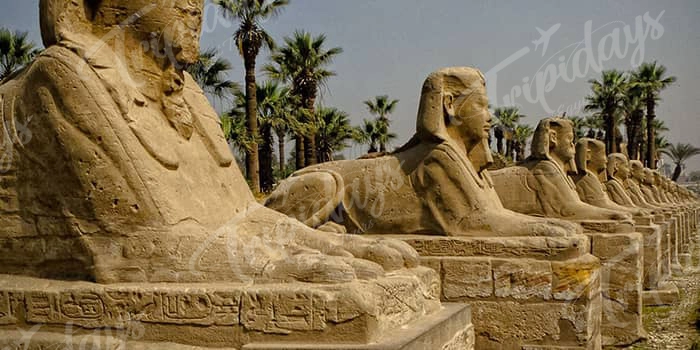
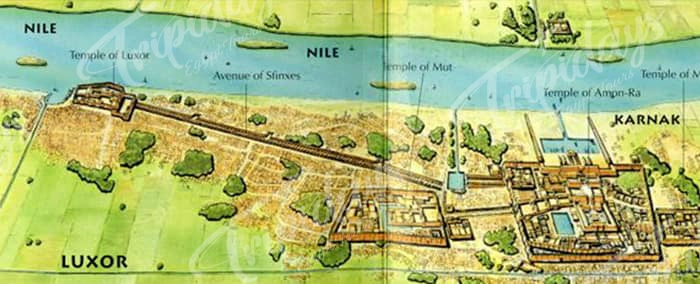
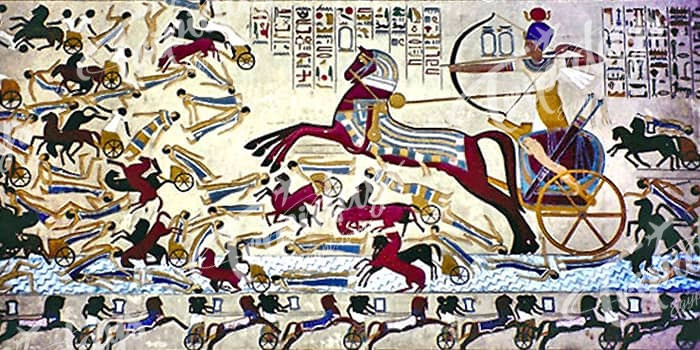
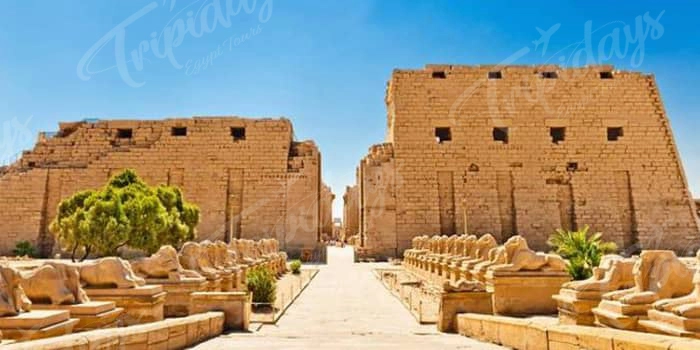
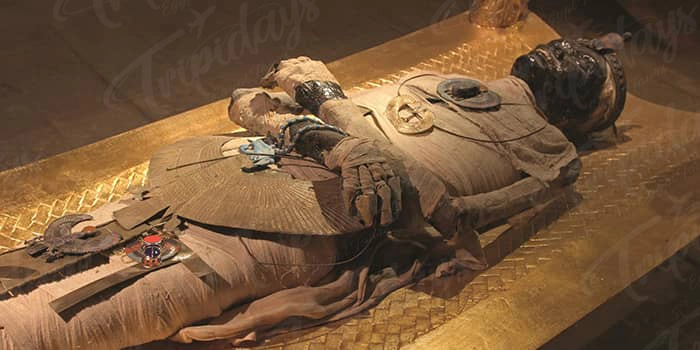
Thebes ascended to prominence during the New Kingdom period, specifically in the 18th Dynasty (c. 1549-1292 BCE). During this era, Thebes became Egypt's capital, replacing the previous capital, Memphis. The pharaohs of the 18th Dynasty, such as Hatshepsut and Tutankhamun, further solidified Thebes' status as the political and religious center of the empire.
Thebes possessed numerous factors that contributed to its power and influence:
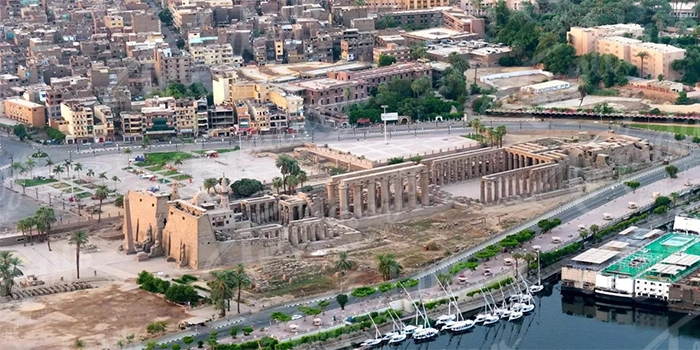
While Thebes is often associated with ancient Egypt, it is worth noting that a city with the same name existed in ancient Greece. The Greek city of Thebes, located in Boeotia, Central Greece, was distinct from its Egyptian counterpart and held its historical significance.
Following the decline of the New Kingdom, Thebes experienced a gradual decline in power. The city faced invasions and political instability, ultimately losing its status as the capital of Egypt. Over time, it was overshadowed by other ancient Egyptian cities.
In modern times, the remnants of ancient Thebes can be found near the modern city of Luxor in southern Egypt. The archaeological site preserves the grandeur of its temples, palaces, and tombs, captivating visitors worldwide.
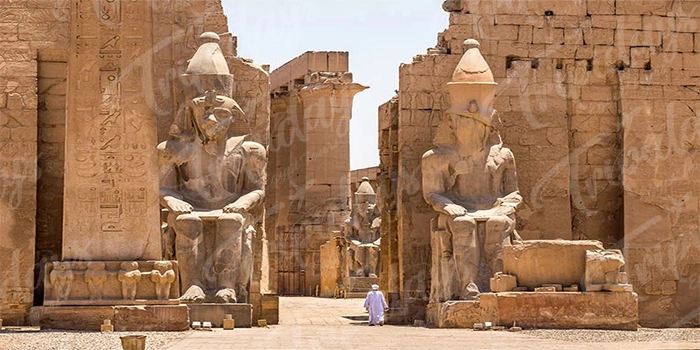
Thebes, the great capital of ancient Egypt, played a pivotal role in shaping the country's history and culture. Its strategic location, religious significance, and prosperous economy propelled it to the forefront of Egyptian civilization during the New Kingdom. Although its power waned over time, the legacy of Thebes endures through its remarkable architectural achievements and historical importance.
A Nile River cruise in Egypt is a journey through time, allowing you to explore this historic
The History of Ancient Egyptian Mummies is a captivating tale that weaves together the mysteries
Egypt is known for its rich history & amazing ancient wonders, but it also brags an incredible
Egypt, with its rich history, ancient wonders, and breathtaking landscapes, offers an unparalleled
Egypt, a land shrouded in mystique and grandeur, has a rich and captivating history spanning